
Does the black part on the shrimp's head contain roe or feces? Experts explain the con.tro.versy
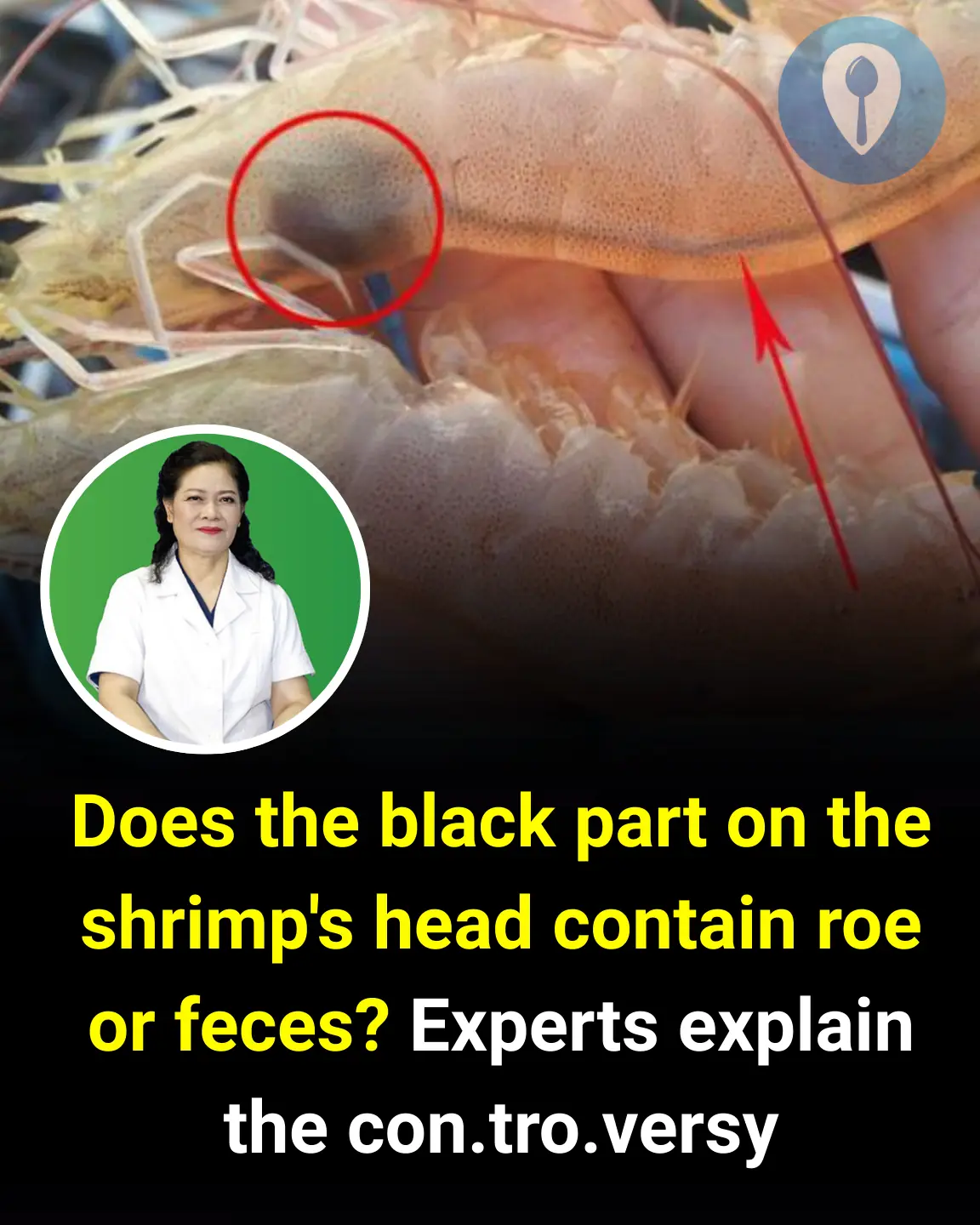
Shrimp is a food rich in protein, but shrimp contains very little fat compared to other seafood foods. Therefore, shrimp is always the food chosen in the menu of those who need to nourish themselves without fear of getting fat. is a seafood with high nutritional content, containing many vitamins and minerals.
Many people love to eat shrimp heads because they think that place has a lot of shrimp roe. Many others throw away the head because they think that it is the part that contains waste, eating it is not good for health. Whether the black part on the shrimp head contains roe or feces has always been a controversial question.
The shrimp's body is divided into two parts: the head and the body of the shrimp. The shrimp's head is a hollow cavity with a hard shell, which contains the main parts of the shrimp such as: the nervous system, digestive system, excretory system and respiratory system...
The shrimp's digestive system consists of 2 parts: the stomach and the intestines. The shrimp's stomach is also located right in the head cavity, which is where food is stored when the shrimp forages. Shrimp are omnivorous animals, their food is quite diverse, including insects, algae, parasite larvae (helminths), rotten animals and plants.
Thus, the shrimp's stomach contains a lot of very dirty substances, parasite eggs and microorganisms that are harmful to human health, so it is necessary to remove the stomach when eating shrimp.
The second part of the digestive system is the intestine. The intestine is a small tube running along the upper back. After being digested in the stomach, food will be pushed along the intestine and waste and exit through the opening of the intestine.
The shrimp's intestine is also where the digestive system's food waste is stored. In addition, the substances in the intestine located along the shrimp's back have a bitter taste. When eaten, this bitter taste reduces the delicious taste of shrimp meat.
Thus, it can be affirmed that the entire digestive tract of shrimp contains dirty substances. It is necessary to remove them to ensure food safety and maintain the sensory value of shrimp meat. The shrimp's stomach is black, so it is easy to identify and can be easily separated when cleaning the shrimp before cooking.
In addition, shrimp roe is also contained in the head of the shrimp. When they are alive, it is difficult to distinguish between the roe or the stomach containing the shrimp's food in the head. When cooked, the shrimp roe is red, a natural golden brown color. The shrimp roe has a fatty and fragrant taste like crab roe.
The larger the shrimp, the more shrimp roe, especially the darker the shrimp shell, the fresher the color of the roe. In case you want to get the shrimp roe for processing, you just need to break off the shrimp head and take out the yellow roe from the head.
Regarding the shrimp head, although the amount of shrimp meat is not as much as the shrimp body, there is still a significant amount of meat, usually accounting for 25 to 30% of the shrimp head's mass. In addition, the shrimp head also has very valuable shrimp roe. Therefore, when preparing food at home, you should find a way to peel off one side of the shrimp head to remove the black stomach and put it back as before to keep the shrimp intact with the head and body, making the dish more attractive and the amount of shrimp meat and shrimp roe in the head can still be utilized.
However, this can only be applied to large shrimp. For small shrimp, leave the head attached to the body. After cooking the shrimp, when eating, you must peel off the stomach at the head of the shrimp and remove the intestines on the back of the shrimp body to ensure that you do not eat the dirt in the shrimp's digestive system.
News in the same category

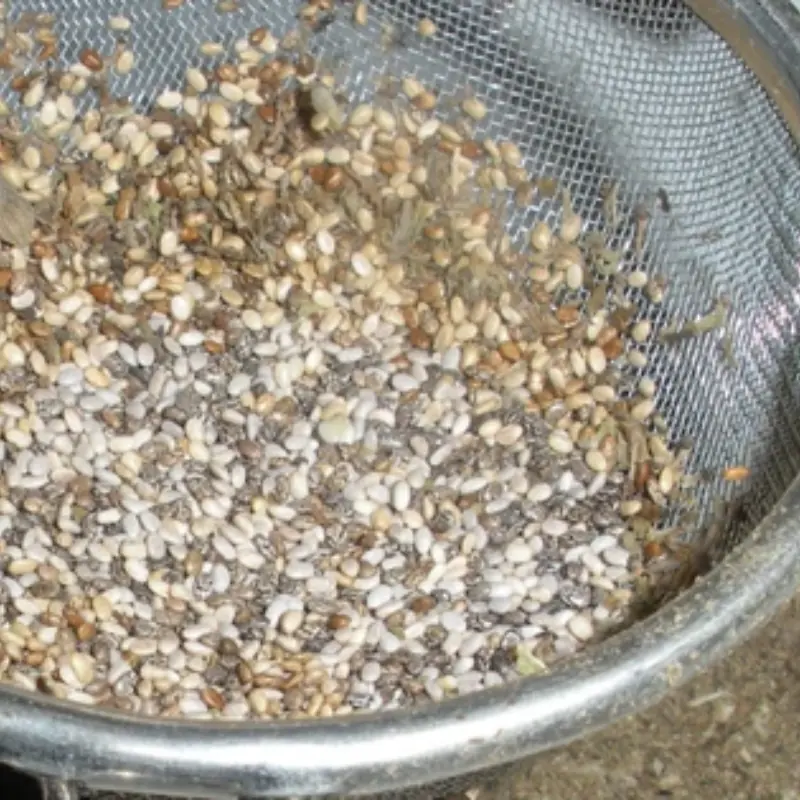
A Tiny Seed with Mighty Benefits

Don't put ginger, garlic, and chili in the refrigerator: Store them this way to keep them

The non-stick coating of the rice cooker has peeled off after long use. Is it harmful to use it?

"Why I Only Charge My iPhone to 80% Instead of Fully Charging" – Everyone's Got It Wrong; Fully Charging Isn’t Always Best
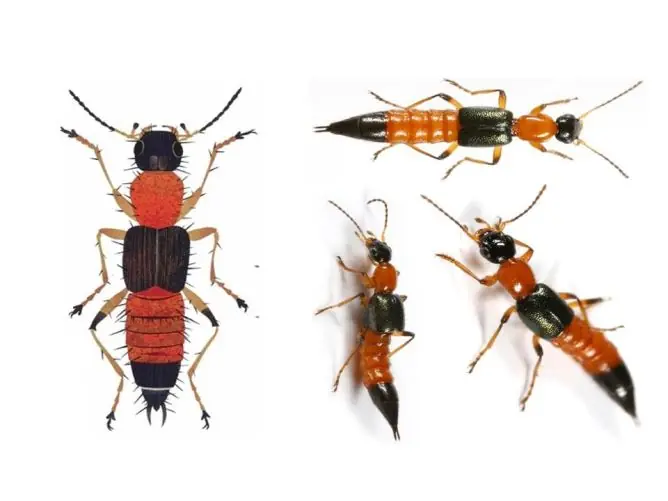
The insect, the size of a grain of rice, is 12 to 15 times more toxic than cobra venom
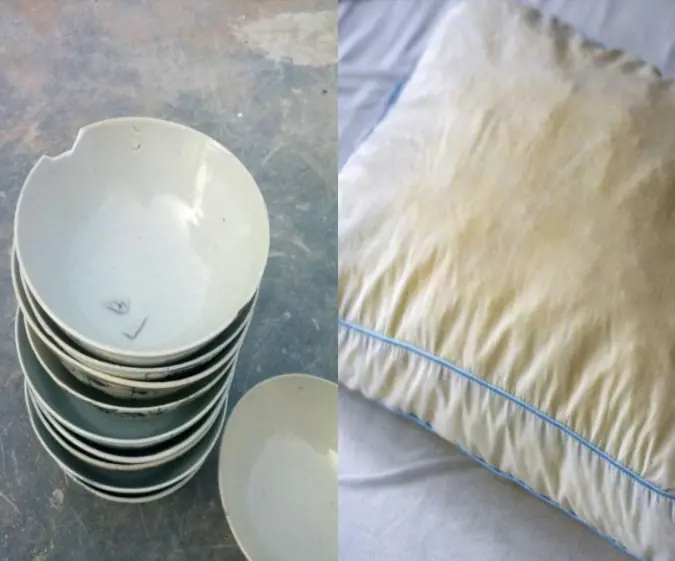
Don't keep these 4 things
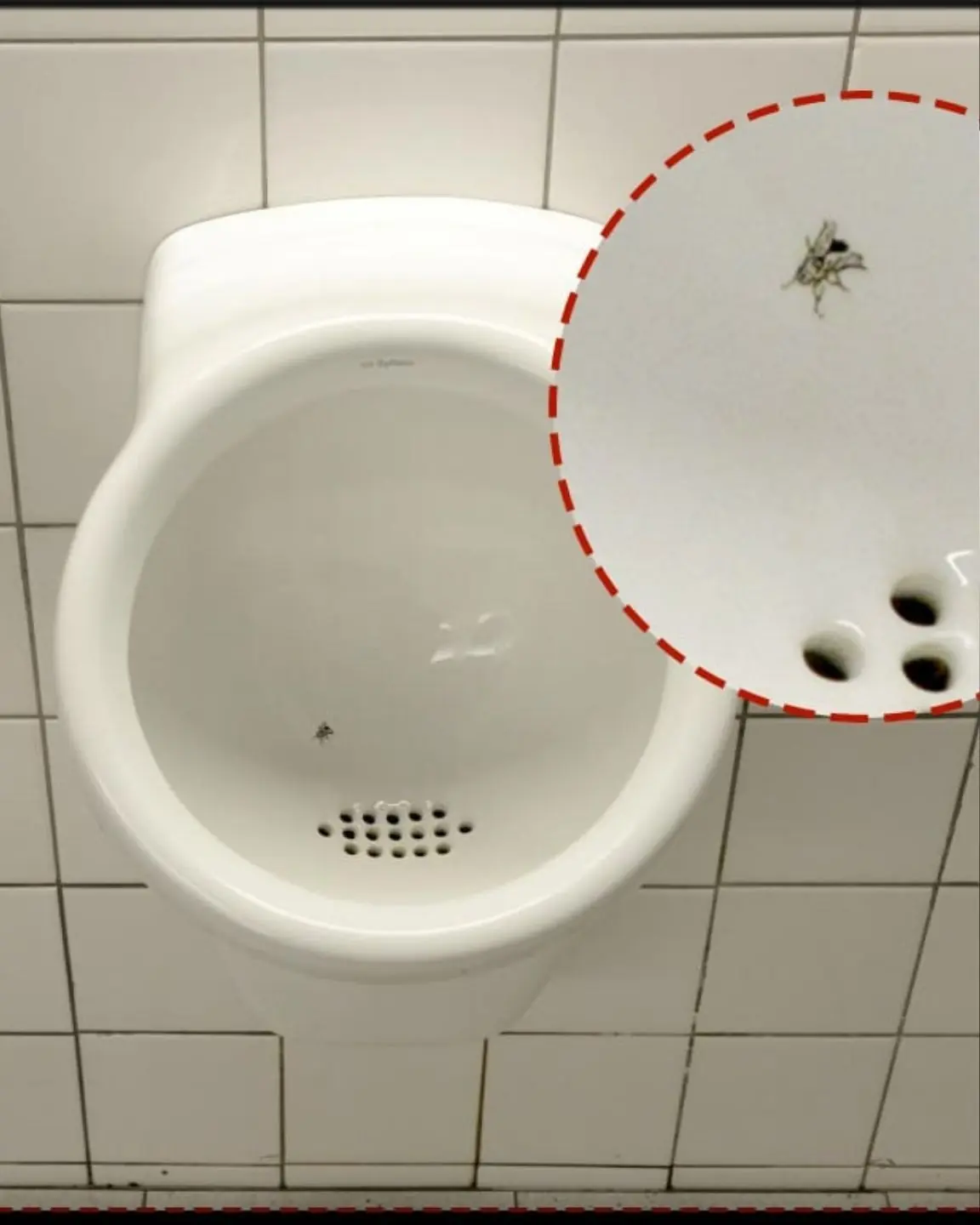
Why are there fly designs painted on toilets at Amsterdam airports?

What Does a Forehead Kiss Mean? 10+ Reasons Behind This Personal Peck
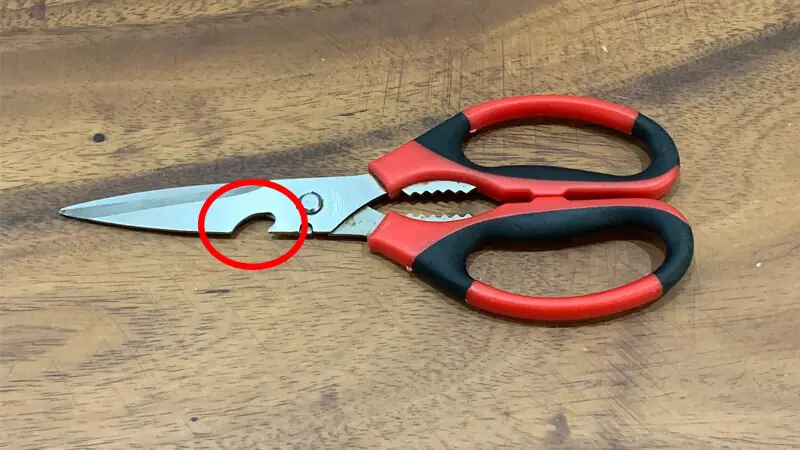
The Purpose of the Notch on Scissors: Many Homemakers Don’t Know How to Use It—What a Shame!

The photo that made millions of people cry about the profession considered the di.rtiest in the world
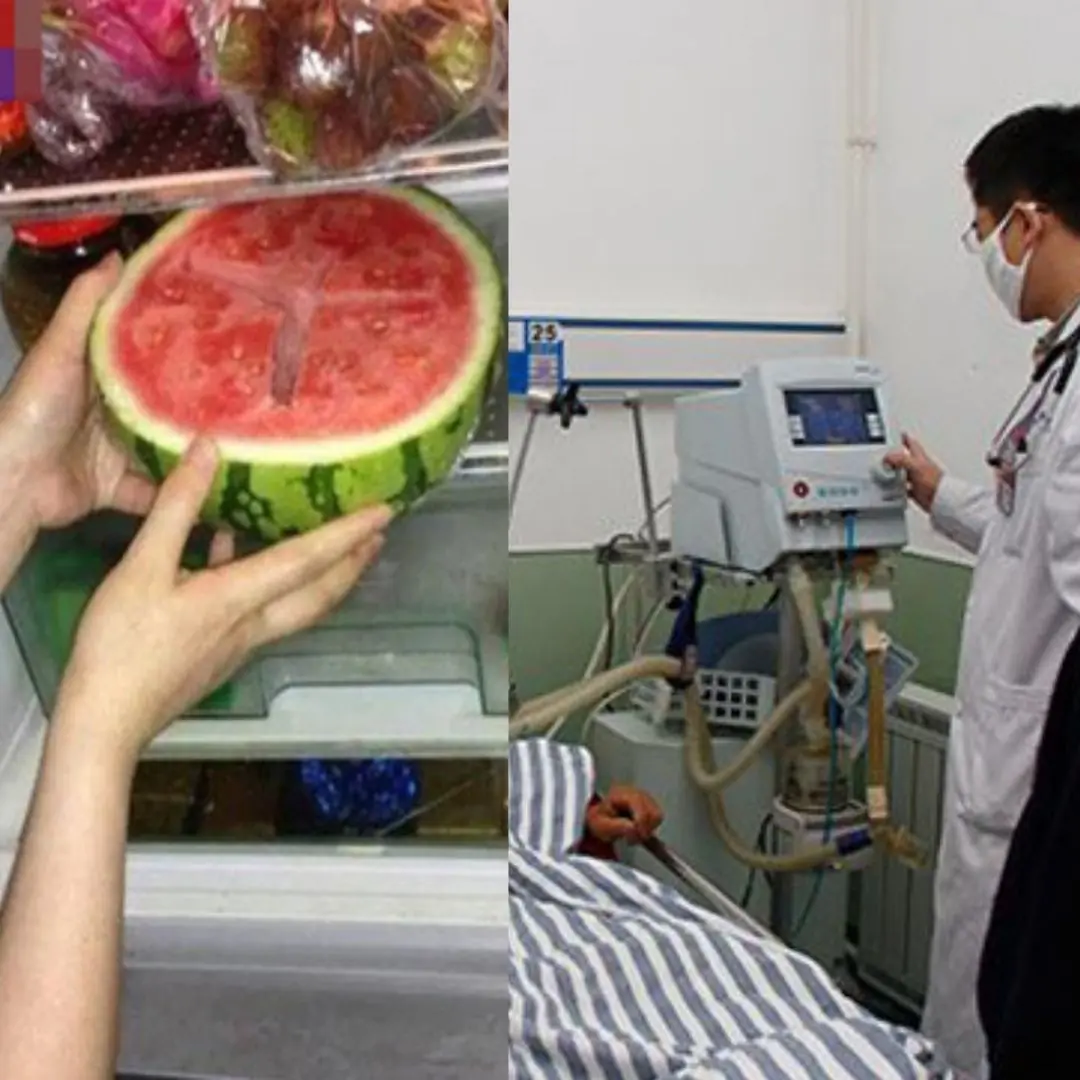
Whole family hospitalized after eating watermelon left overnight in the refrigerator: Mistakes in preserving watermelon that many people make
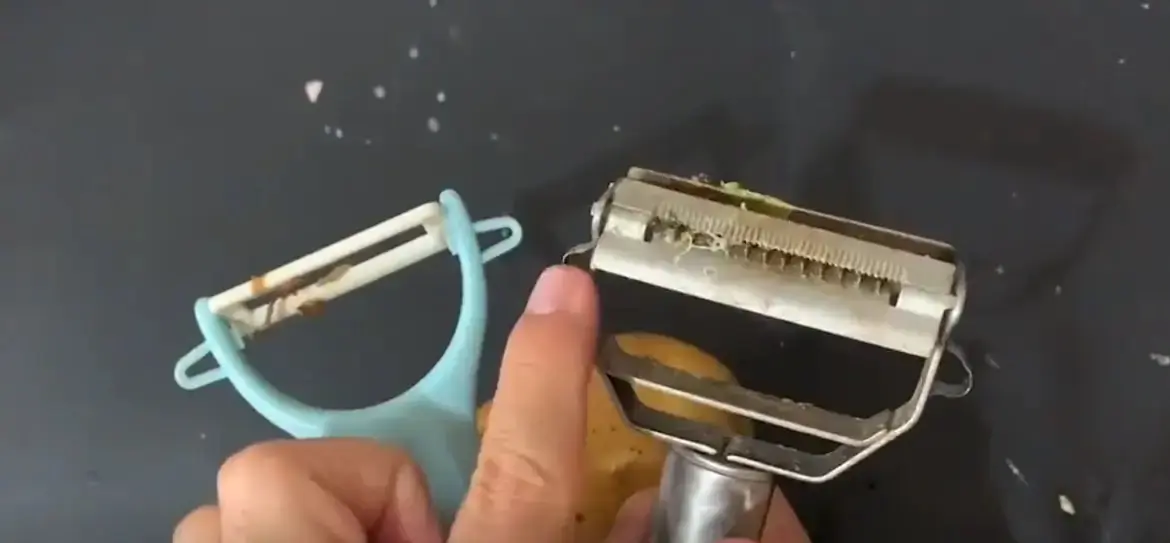
The "Secret" of the Small Hole on a Vegetable Peeler That Made Me Realize My EQ Has Been at Rock Bottom for 10 Years!

Aftershocks: How Dang.erous Is the “Ghost” After an Earthquake and What You Need to Do to Protect Yourself

Never keep these 4 relics

From the earthquake in Myanmar, what do experts warn about high-rise buildings?

Why do hotels allow check-in at 2:00 PM but require check-out by 12:00 noon the next day?
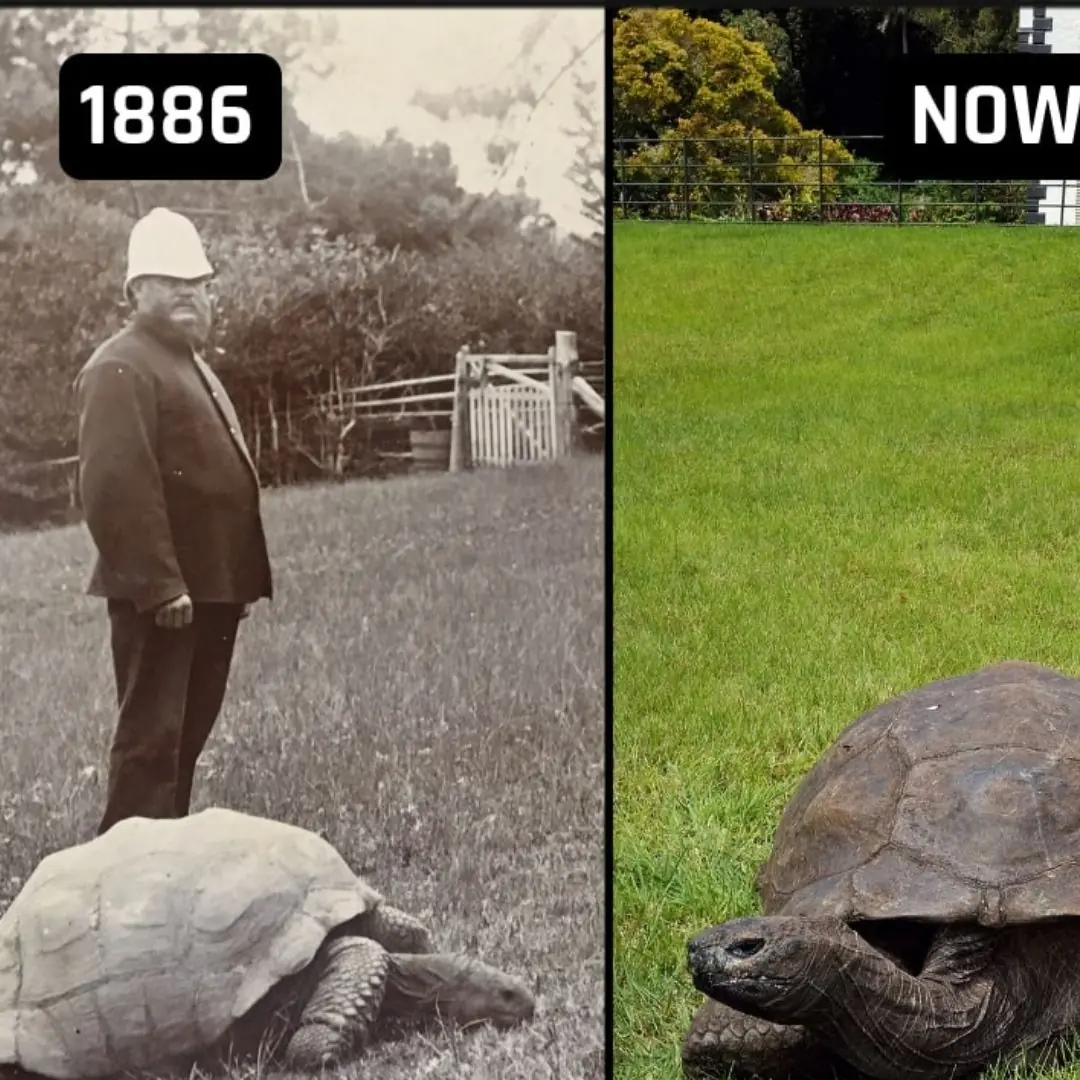
Jonathan, a tortoise hatched around 1832, is the world's oldest known living land animal, aged 191 years

Cruise passenger's unusual tipping gesture sparks f.u.ry from seasoned travellers - but can you tell why?
News Post
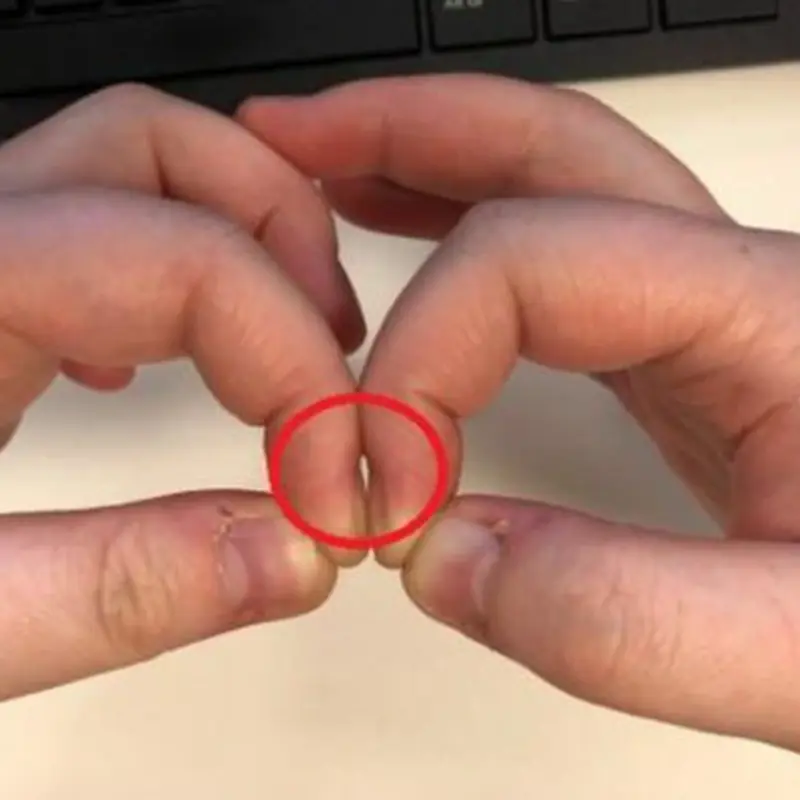
With Just a Small Action of Pressing Two Fingertips Together

This is a tough question asked by the FBI
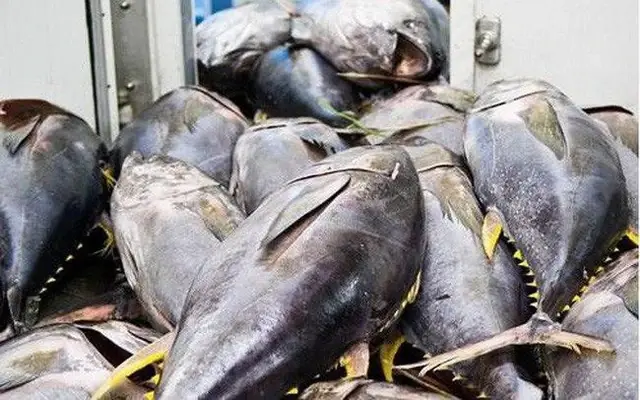
A type of fish that Japanese experts recommend eating to prevent high cholesterol, high blo.od pressure, and diabetes
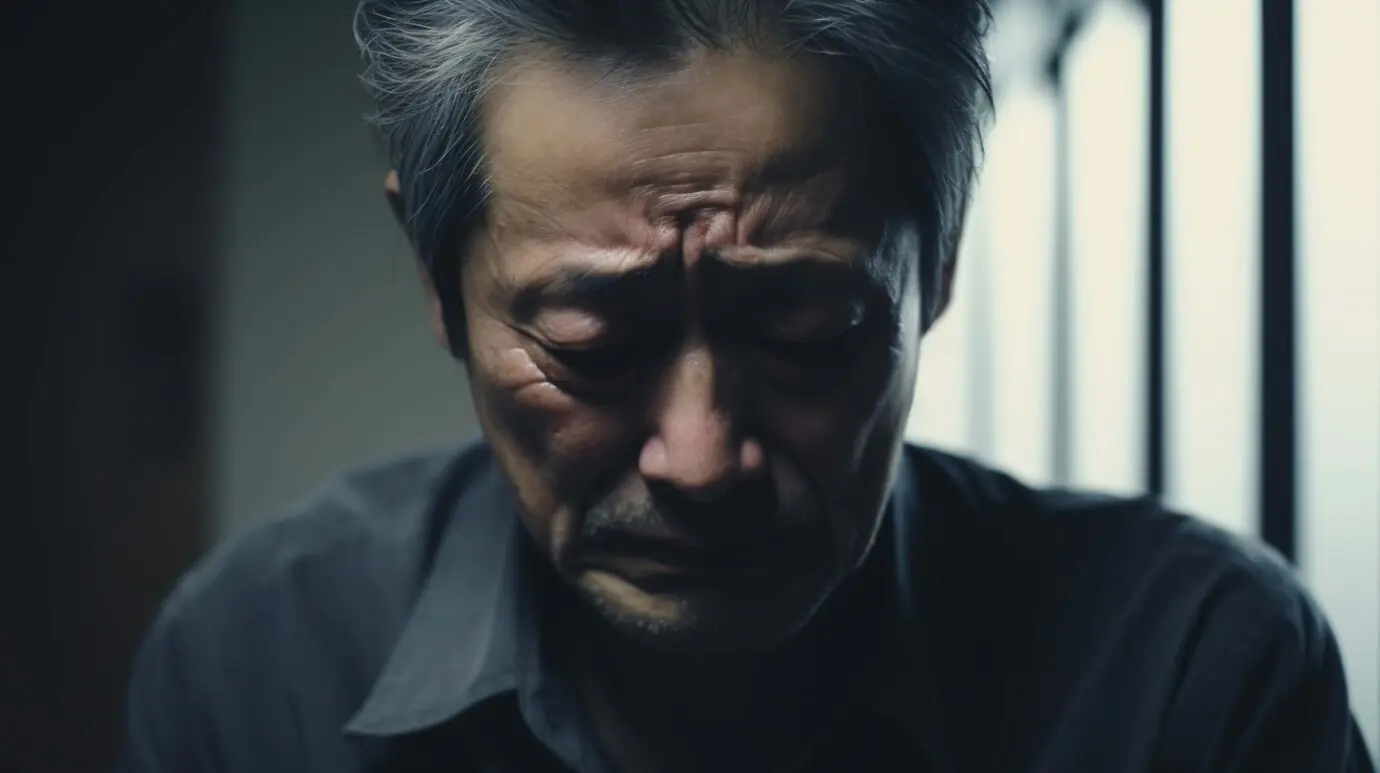
I could see my hands and feet trembling uncontrollably

5 surprising effects of eating bananas at night

3 changes in limbs when can:cer appears

3 sleep-related abnormalities warn of the risk of cerebral infarction

Sweet potatoes are good in every way, but there are 2 times when you should not eat them

Why do hotels always have a cloth across the bed?
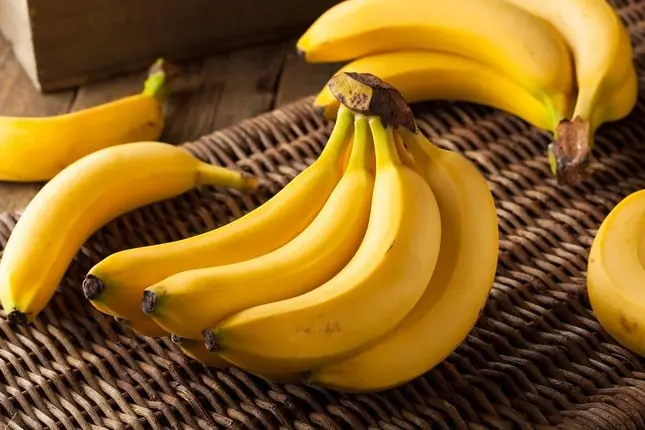
2 times you should absolutely not eat bananas
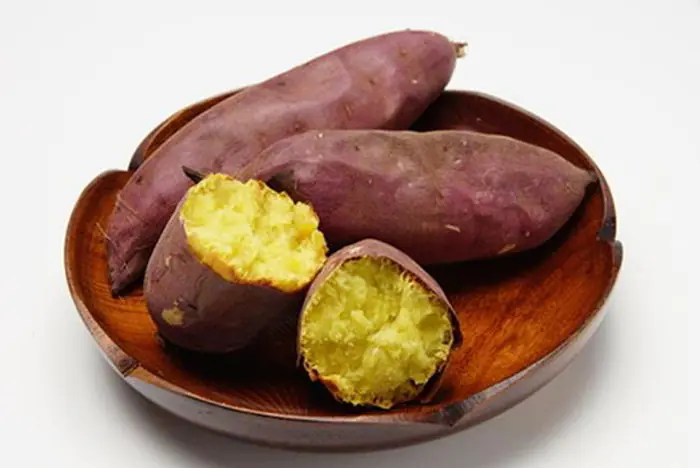
The surprising benefits of eating boiled sweet potatoes for breakfast
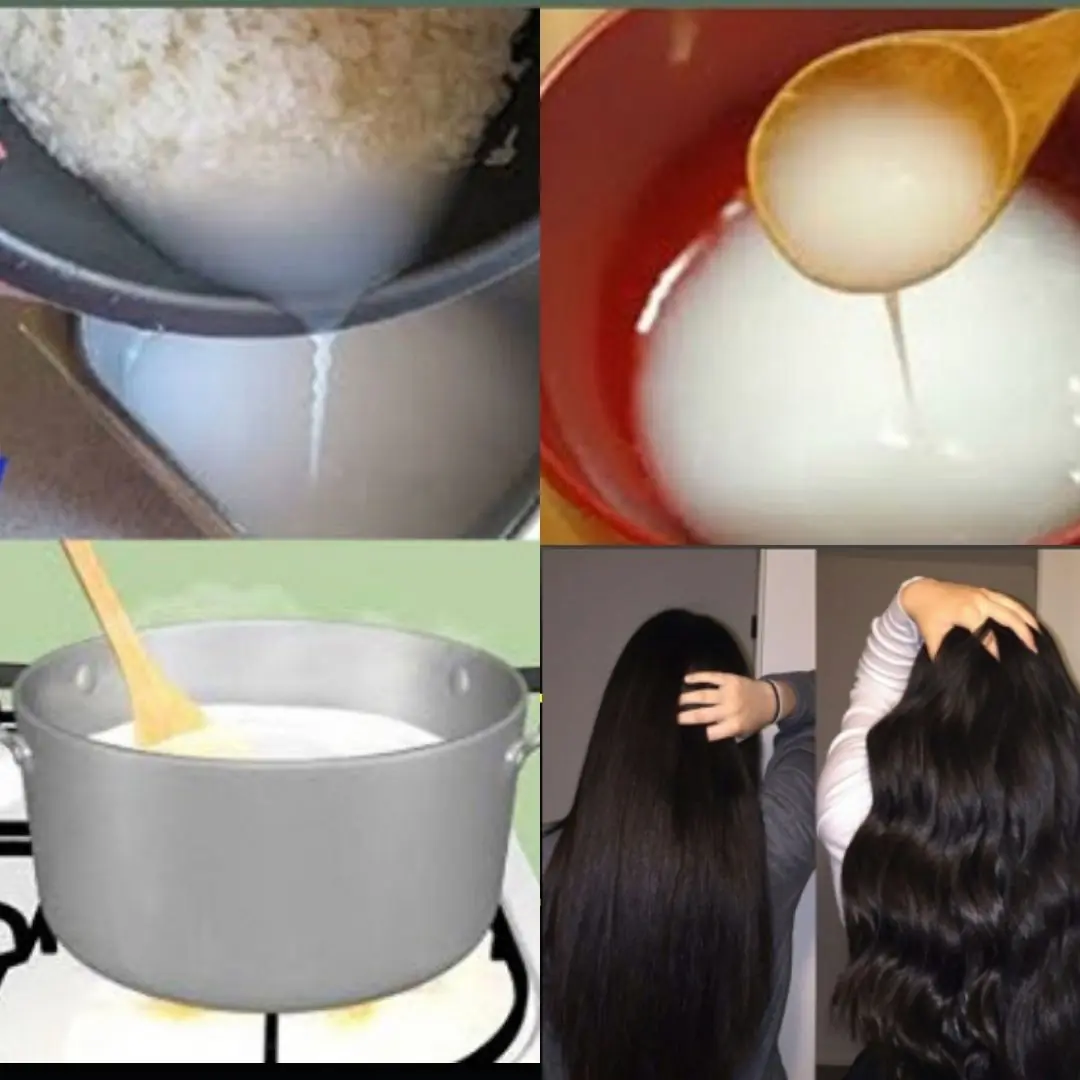
TIPS to stimulate hair growth with rice water effectively after only 1 month
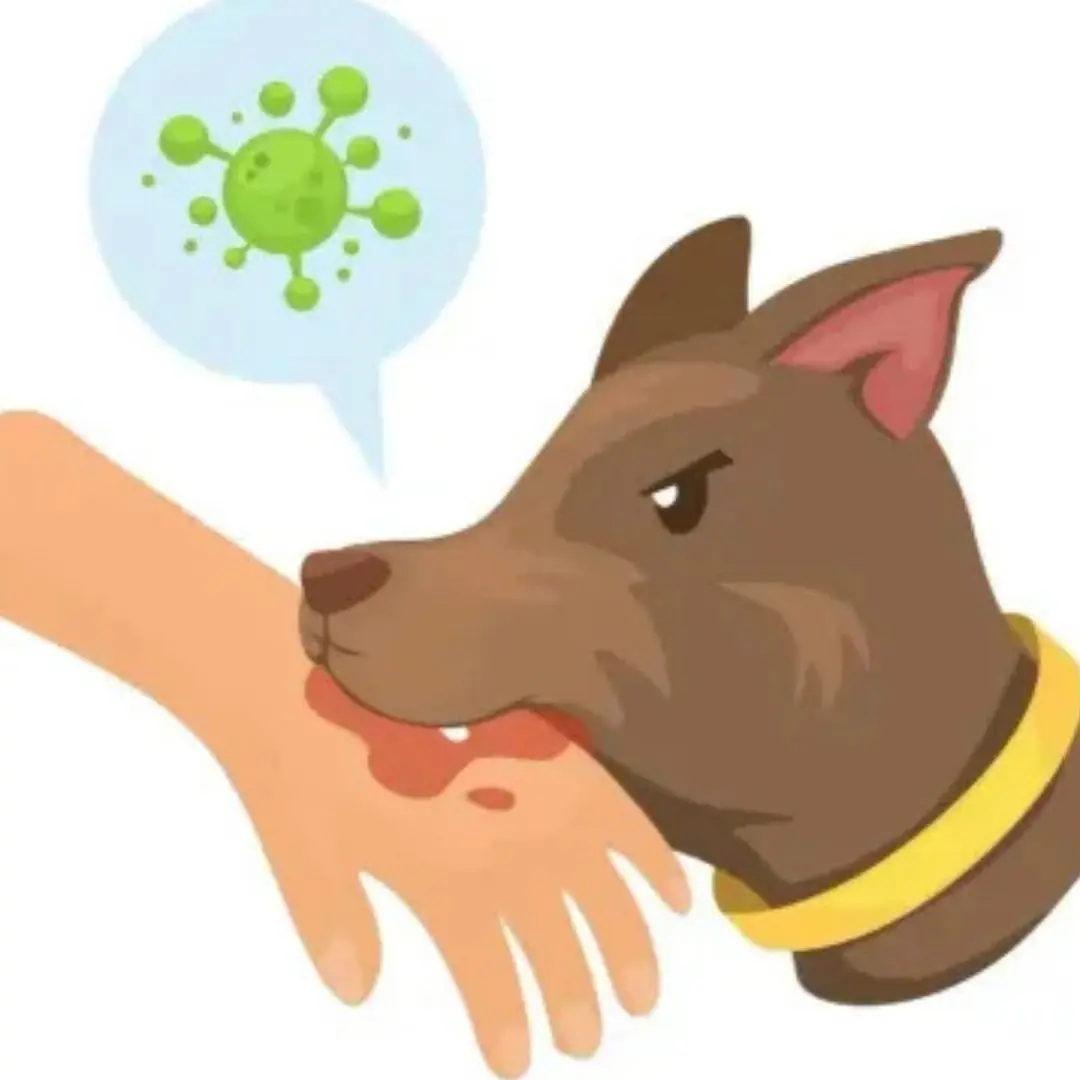
What to do if bit.te.n by a dog? 6 safe ways to handle and give first aid

Plants that should not be planted around the house because they attract snakes

A Tiny Seed with Mighty Benefits

Don't put ginger, garlic, and chili in the refrigerator: Store them this way to keep them

The non-stick coating of the rice cooker has peeled off after long use. Is it harmful to use it?
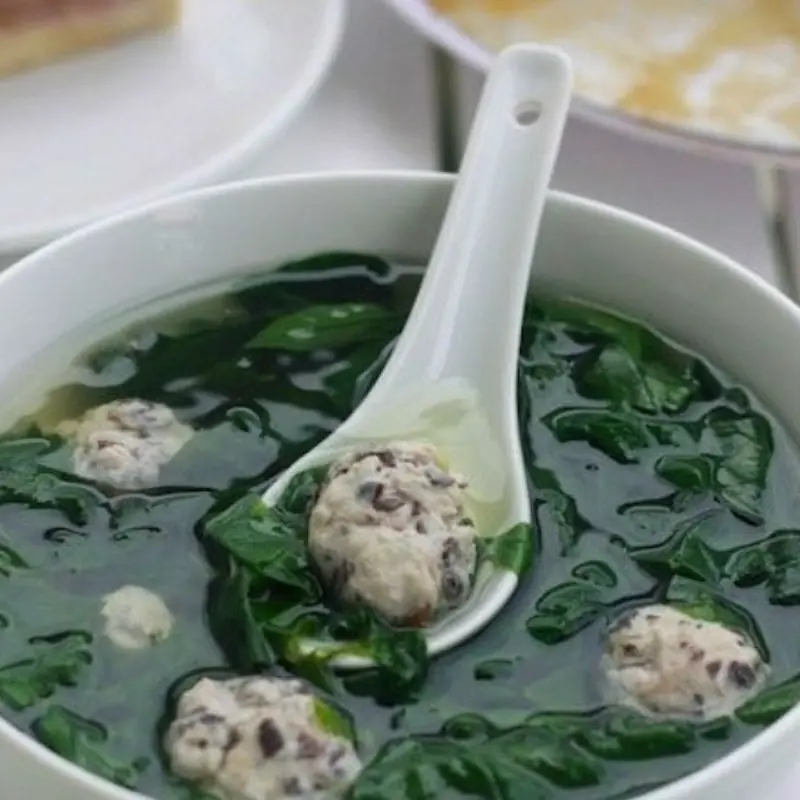
Buy it immediately

The First Image You See Will Reveal Your Personality!
